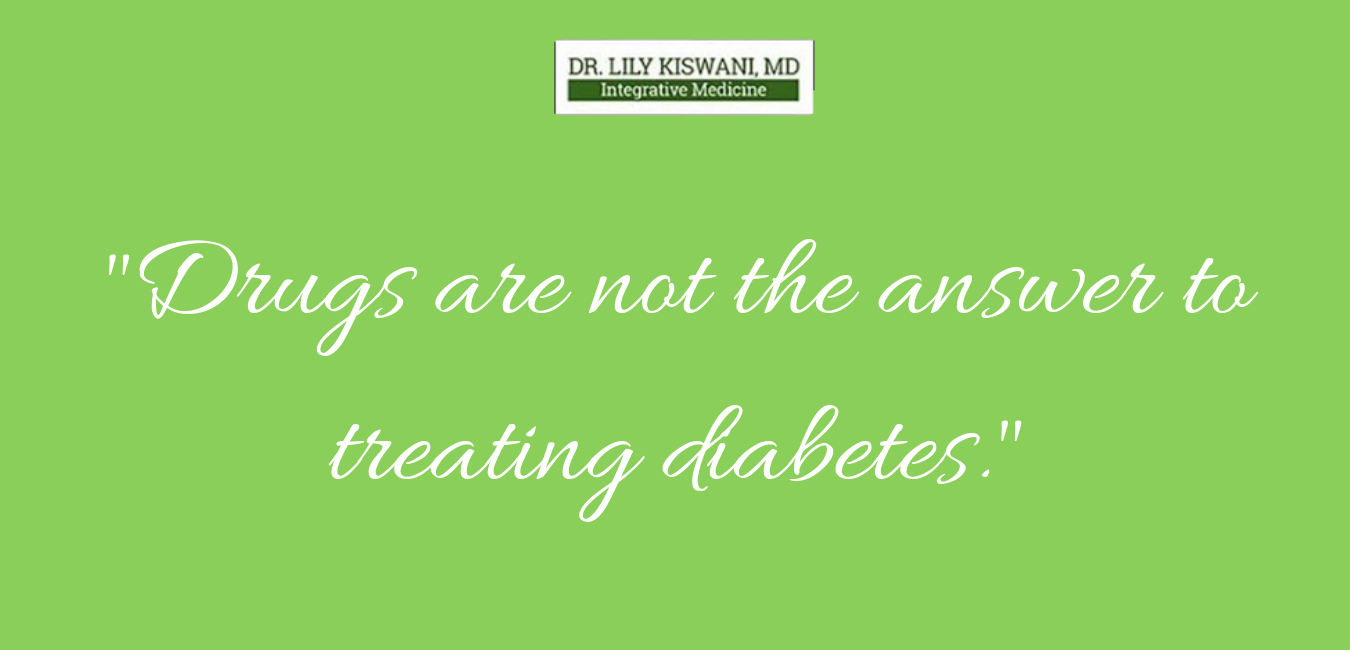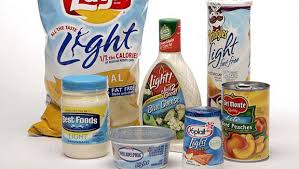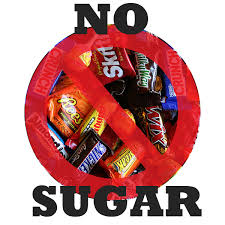Protein is such a crucial nutrient. And yet, most of us are severely lacking in it. Vegetarians and vegans due to the nature of the diet, and many disadvantaged people due to limited resources.
For a typical meat eating person, 15 percent of the total calories consumed each day (roughly 113 grams for an active male eating 3,000 calories, or 83 grams for an active female consuming 2,200 calories) may come from protein.
However, there are certain situations where it may be advantageous to increase protein intake to 20 to 30 percent of calories, or even as high as 35 percent of total calories—at least temporarily.
“Wait a second,” you might say. “Don’t high-protein diets cause kidney disease and cancer?” This is yet another myth. Studies have shown that protein intakes up to 35 percent of calories (or even higher) are safe for people without pre-existing kidney problems. And there’s no evidence that high protein diets increase the risk of cancer, as long as you’re eating a balanced, nutrient-dense diet.
Now let’s take a closer look at five groups of people that often benefit from a higher protein intake.
People trying to lose weight
A large body of evidence suggests that high protein diets are effective for fat loss. Protein is more satiating than fat and carbohydrate, which means we feel more satisfied when we eat it. When we feel more satisfied, we naturally eat less—and lose weight without trying.
In fact, some recent research suggests that the reason low-carb diets are effective for weight loss is not because they are low in carbohydrate, but because they are high in protein.
People with blood sugar and metabolic problems
High-protein diets have also been shown to have a stabilizing effect on blood sugar, and lead to beneficial changes in a wide range of metabolic, cardiovascular and inflammatory markers, from insulin sensitivity to cholesterol and triglycerides to C-reactive protein.
Athletes and people who train hard
Protein is the nutrient required to build and rebuild muscle. If you want to add or maintain muscle mass (i.e. if you’re an endurance athlete, weightlifter, or you train hard in other activities or sports), you should consume more protein.
The elderly and the chronically ill
Both the elderly and the chronically ill frequently suffer from muscle wasting. A higher protein diet can help to prevent further tissue breakdown and reduce the adverse effects of both aging and chronic illness.
People who are under a lot of stress
As mentioned above, protein has a stabilizing effect on blood sugar. High stress levels can lead to hypoglycemia or other blood sugar imbalances. Increasing protein intake—especially in the morning—can boost energy levels, reduce jitteriness, agitation and mood swings, improve sleep, and sharpen brain function.
How much protein do you need?
If you’re in one of the groups above, I recommend consuming between 20 and 35 percent of calories from protein each day. The higher end of that scale (30–35 percent) would be for aggressive weight loss, metabolic problems, and people doing extreme training; the middle end (25–30 percent) for athletes and people training at moderate to vigorous intensity, and the lower end (20–25 percent) for the elderly, chronically ill, and people under a lot of stress. That said, these are just general guidelines and I suggest you experiment through the entire range to see what works best for you.
This is quite possibly much more protein than you’re eating now. Let’s look at some examples using the ranges below:
| % of calories as protein |
2,200 calorie diet (g) |
3,000 calorie diet (g) |
| 35% |
193 |
263 |
| 30% |
165 |
225 |
| 25% |
138 |
188 |
| 20% |
110 |
150 |
Now, let’s look at a typical day’s worth of protein on a healthy eating plan.
- Breakfast: two eggs, sauerkraut, vegetables. Approximately 15 grams.
- Lunch: salad with 100-200g of sliced chicken breast. Approximately 30–60 grams.
- Snack: one ounce of almonds (about 23 almonds). Approximately 6 grams.
- Dinner: 100-200g of beef sirloin, sweet potato, steamed broccoli. Approximately 35–70 grams.

This adds up to between 86 and 151 grams of protein, or 16–27 percent of calories on a 2,200 calorie diet and 11–20 percent of calories on a 3,000 calorie diet.
As you can see, this falls short of the protein targets for most categories in the table above, especially if you’re eating closer to 3,000 calories and/or trying to get more than 25 percent of calories from protein.
And for vegetarians, its really quite challenging getting in the required numbers,
When protein powder makes sense
Obviously one option is to simply increase your intake of whole-food proteins, such as meat, fish, eggs, and nuts. For example, you could start your day with 1/2 filet of salmon (about 40 grams of protein) instead of two eggs, and/or you could eat closer to a pound of protein for lunch and dinner. If you feel good eating this much animal protein, this is what I’d recommend; it’s always best to meet nutrient needs from whole food.
But let’s face it: not everyone wants to eat over a kilo of fish, meat and poultry each day. I am almost vegetarian, and I cannot eat so much of it so frequently. I have patients that feel the same way.
These are the situations where protein powder can be a useful addition. You can add protein in your meals to boost your overall protein intake. It can either be a source of additional calories if you’re trying to put on weight or aid recovery, or a means of boosting protein without adding calories if you’re trying to maximize weight loss or metabolic function.

How to choose a protein powder
There are three important factors in choosing a protein powder: tolerability, quality, and bioavailability.
Tolerability refers to how likely the protein is to cause an adverse reaction. The best is when you don’t know its there. So I recommend the powder be added to items of food, without changing the taste, color or texture. For example, partly replacing flour in chappatis.
Quality refers to the quality of the protein source, how it is processed, and how it is manufactured. There’s obviously a ton of junk out there, especially in the bodybuilding community. If you’re going to use a protein powder, you should choose the highest quality product you can get.
Bioavailability refers to how completely absorbed the protein is. In general, plant proteins like pea and rice are much less bioavailable than animal proteins like whey, egg and beef.
So choose wisely, maintain optimum protein intake and Stay Healthy!






